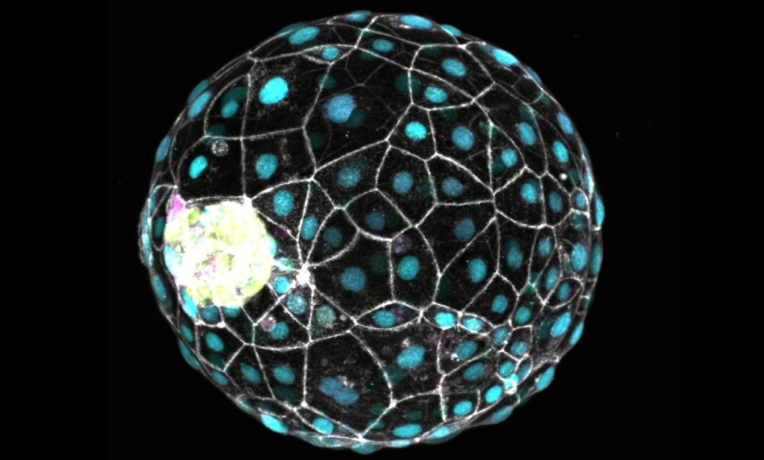
Humans could also have a mechanism to temporarily slow down the development of an embryo.

Researchers have created synthetic human embryos using stem cells, according to media reports. Remarkably, these embryos have reportedly been created from embryonic stem cells, meaning they do not require sperm and ova.

A team of stem cell researchers in Israel was able to create the world’s first synthetic embryos from mice stem cells, a scientific feat that could hold the key to ending animal testing in medical research and offer new solutions to healing people.

Scientists have just defined a new shape called the scutoid (SCOO-toid) while studying epithelial cells, the building blocks of embryos that eventually end up forming our skin and lining our organs and blood vessels.

Scientists have, for the first time, corrected a disease-causing mutation in early stage human embryos with gene editing.

The data is unpublished, but scientists say it advances effort to erase genetic diseases.

Just one year after scientists in China made history by modifying the DNA of human embryos, a second team of Chinese researchers has done it again. Using CRISPR/Cas9, the researchers introduced HIV-resistance into the embryos, showcasing the tremendous potential for gene-editing.

FOR ALL THE furious hype around the gene-editing tool Crispr/Cas9, no one has ever really seen it in action. Like really seen it. How the protein Cas9 unzips a strand of DNA, how it slips in the molecule that guides it to a target—and finally, how it goes snip snip on the DNA.